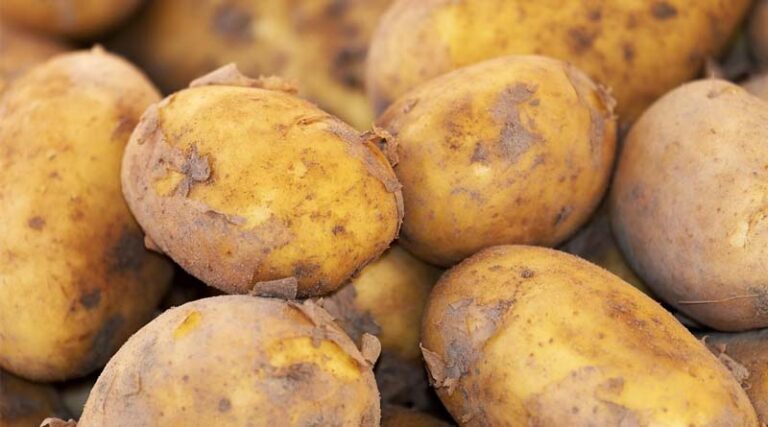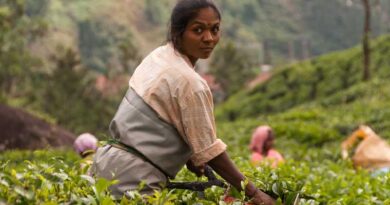
China’s 15% Processing Share Signals Shifts in the Global Potato Value Chain
27 November 2025, Beijing: A new review featured in the journal Foods explores how potato processing is evolving around the world and where China fits into this shifting landscape. The assessment—conducted by researchers from the Lanzhou Institute of Chemical Physics, the University of Chinese Academy of Sciences, and several partner institutions—draws on international datasets such as FAOSTAT and UN Comtrade, along with country-level case studies, to understand how potatoes move from farms into processed products.
Rising Value of Processed Potatoes Worldwide
The review emphasises that value addition through processing has become the backbone of the potato industry in many major producing regions. In North America and Western Europe, between 60 and 80 per cent of all potatoes are converted into fries, chips, flakes, starch, and other processed goods. This global market was estimated at around 41 billion US dollars in 2023 and could reach nearly 60 billion US dollars by the beginning of the next decade.
China and India remain outliers in terms of processing share. China processes roughly 15 per cent of its crop and India about 7 per cent. Yet, consumption patterns are changing quickly in Asia. China’s Ministry of Agriculture and Rural Affairs designated potatoes as a staple food in 2014, helping stimulate interest in processed formats. While most potatoes in the country are still eaten fresh, demand for fries and chips has expanded steadily. China even became a net exporter of frozen French fries in 2022, and leading domestic manufacturers reportedly produced around 1.27 million tonnes of fries in 2023.
Technology, Trade, and Regional Patterns
Much of China’s industrial processing capacity relies on equipment imported from Europe, particularly automated peeling, cutting, drying, and frying systems. The study points out that while Chinese processors have improved technology adoption in recent years, overall efficiency and product uniformity still lag behind plants in the United States, Canada, and Western Europe.
Country case studies in the review highlight the diversity of processing models. North America remains heavily focused on frozen fries, Europe maintains strong starch and specialty processing segments, and the United Kingdom, France, Belgium, Germany, and the Netherlands continue to dominate European production of fries and chips. Meanwhile, India and South Africa show momentum in overall potato output but still process only a small share of their harvests.
The global value chain is shaped by four broad product groups—fries, chips, flakes and granules, and starch—with trade flows closely tied to domestic processing strength, retail demand, and the presence of multinational food companies.
China’s Competitive Position and Environmental Pressures
To analyse China’s future role in the sector, the researchers applied Porter’s Diamond Model. They note that China benefits from sizeable potato-growing areas and a rising domestic market for processed foods. However, challenges include limited availability of specialised processing varieties, storage systems that meet the needs of processors, and continued dependence on imported high-end machinery.
Environmental policies are also influencing how processors operate. European factories increasingly channel by-products into feed and biofuel production. In China, stricter standards for wastewater management have pushed consolidation in the starch industry and encouraged investment in better recovery technologies. Across all major processing regions, quality and safety assurance relies on HACCP-based systems, with rapid adoption of automated sensing and machine-vision tools to monitor products in real time.
Also Read: CNH Industrial Finance Europe S.A. 1.875% Notes Due 2026 Notice Of Redemption
📢 If You’re in Agriculture, Make Sure the Right People Hear Your Story.
From product launches to strategic announcements, Global Agriculture offers unmatched visibility across international agri-business markets. Connect with us at pr@global-agriculture.com to explore editorial and advertising opportunities that reach the right audience, worldwide.






